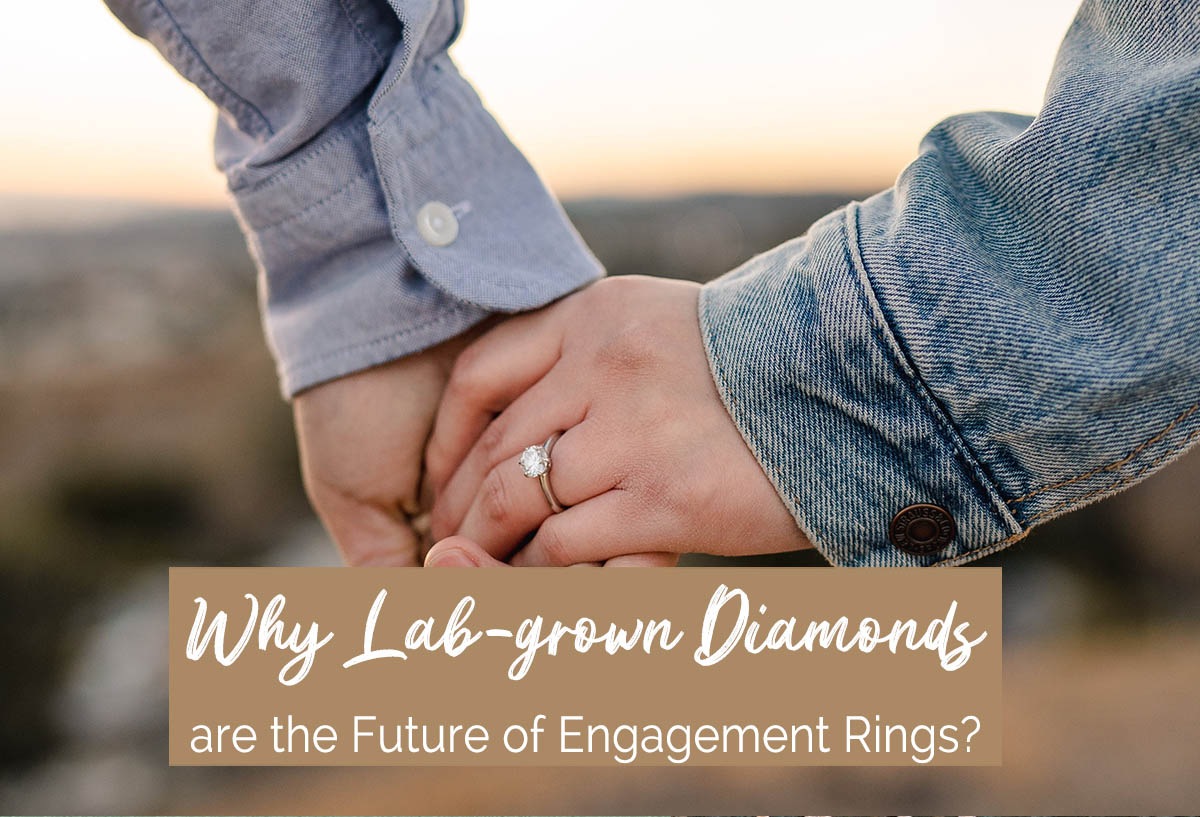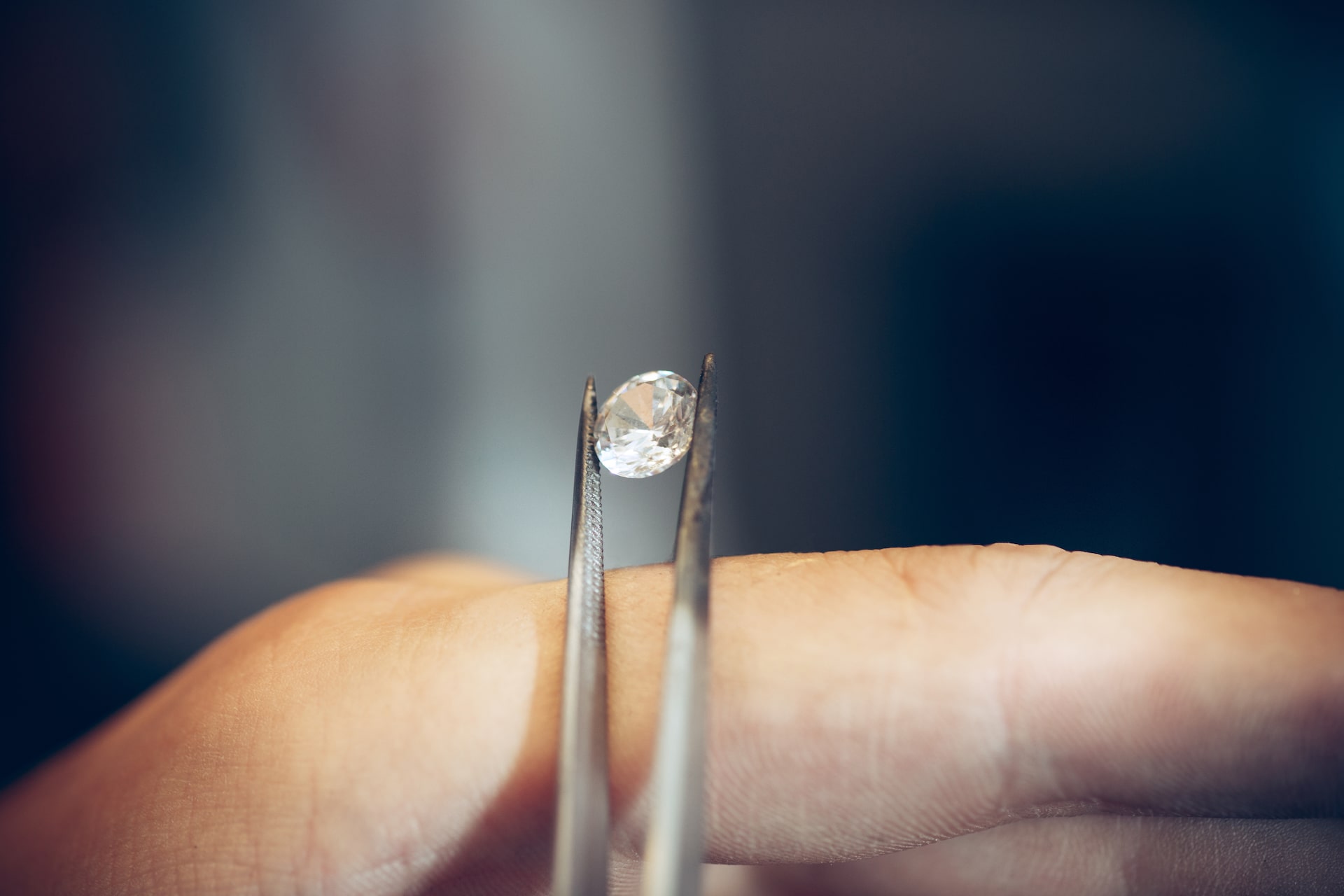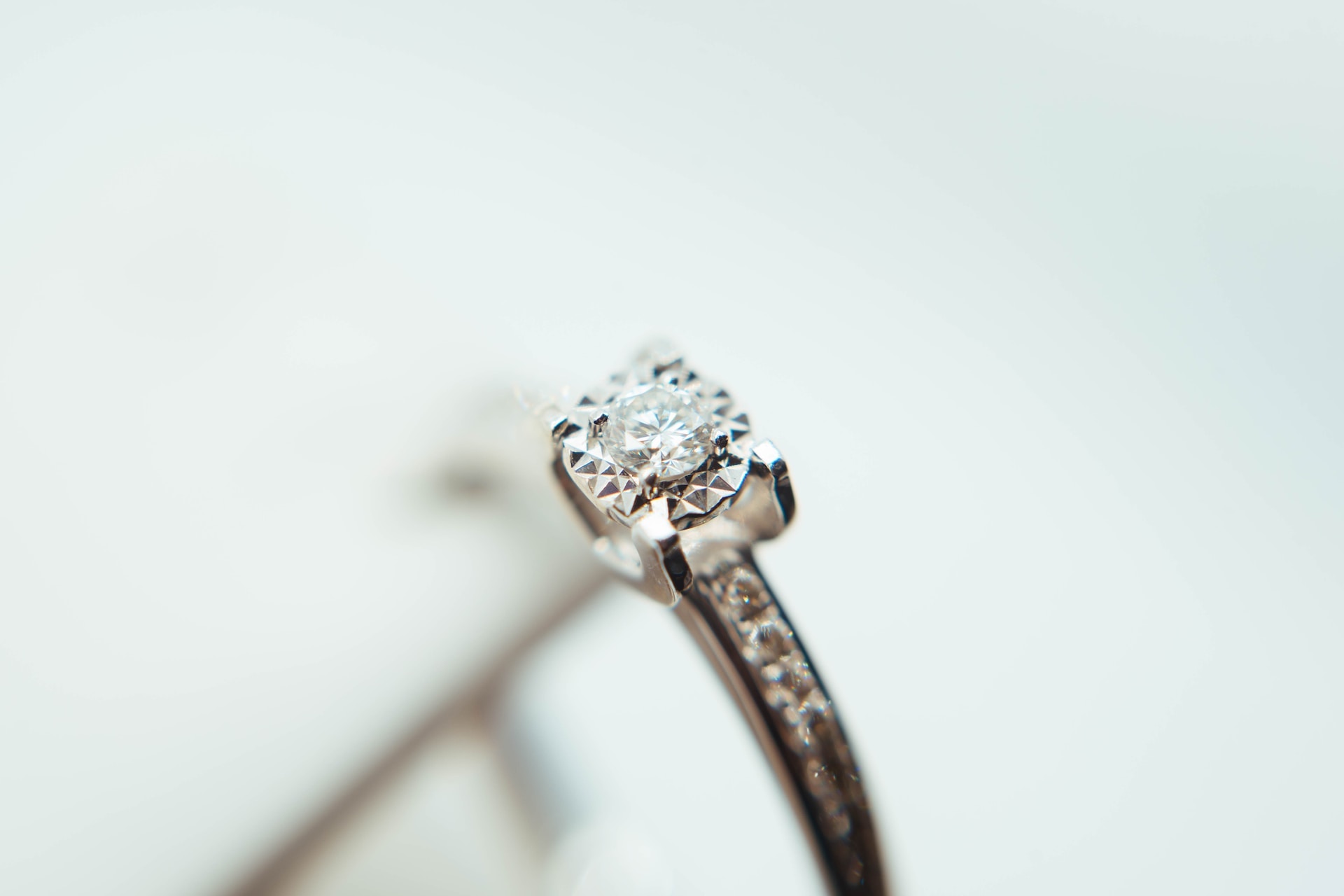
Diamond rings have been known as the ultimate gemstone for expressing love for several years. They are bright white and give special confidence when worn as engagement rings. Interestingly, lab-grown diamonds are fast taking over the diamond industry in a new but energetic wave. They have even been christened “the future of engagement rings.” The reason for this is not far-fetched since recent trends reveal a huge preference for lab-created diamonds for use as engagement rings.
What Are Lab-Grown Diamonds?
Lab-grown diamonds are man-made diamonds created by recreating the activities through which natural diamonds are made. Unlike natural diamonds mined from the earth’s crust, lab-grown diamonds are created in a controlled laboratory.
Over the years, lab-grown diamonds have grown in popularity among jewellers and one notable supplier of these diamonds is BIRON®. You could blame this on their environmental friendliness. Lab-grown diamonds do not subject the earth’s crust to water pollution and land destruction from mining. Additionally, lab-created diamonds are cost-effective and batch produced.
How Are Lab-Grown Diamonds Made?
Lab-grown diamonds are created by imitating the conditions and activities within the earth’s crust. The production occurs in a controlled laboratory and often involves two distinct methods:
- High Pressure, High Temperature (HPHT)
- Chemical Vapour Deposition (CVD)

High Pressure, High Temperature (HPHT)
In the High Pressure, High Temperature method, pure carbon is placed in a chamber. For gemstones like diamonds, graphite is mostly used. The system is then subjected to a high temperature of about 1500°C and a pressure of 1.5 million pounds per square inch. Consequent to the high pressure and temperature, the carbon melts. When the solution cools down, it crystallizes to form a Diamond.
Chemical Vapour Deposition (CVD)
Chemical Vapour Deposition is the newer of the two diamond creation techniques. The method involves using a diamond seed to create bigger diamond crystals. The CVD method begins by inserting a slice of diamond seed into a sealed chamber filled with carbon-rich gas. This chamber is then heated to temperatures as high as 800°C. After a while, the molten carbon sticks to the diamond seeds and forms a bigger diamond crystal.
Can Lab-Grown Diamonds Replace Real Diamonds?
Absolutely! When a diamond forms in the earth’s crust, several other impurities tend to blend with the diamond. As a result, you will most likely find impurities and imperfections in natural diamonds. On the other hand, lab diamonds are created in a controlled environment. In such an environment, constituents that are not to be a part of the diamond won’t be present.
Even though the difference between lab-grown and natural diamonds is not usually so obvious, lab-grown diamonds are perfect. They are more pure and uniform in colour.
Why Lab-Grown Diamonds are Fast Becoming the Go-To for Engagement Rings
Many unique features of lab-grown diamonds have made them gain recognition over the years. Sometimes these features are often considered advantages of lab-created diamonds over mined diamonds.

They are Real Diamonds
Lab-grown diamonds are not coated or make-believe diamonds. They are as real as can get. Lab-grown diamonds contain the same physical, chemical, and structural properties as real diamonds. This shouldn’t be surprising because natural diamonds undergo the same formation process. Howbeit, in a controlled laboratory setting.
In all fairness, it wouldn’t be wrong to classify a lab-grown diamond as purer than mined diamonds. This is because lab-grown diamonds contain fewer impurities than natural diamonds.
The Difference Is Unnoticeable!
A lab-grown diamond can pass for a mined diamond at any time or day. You would need to be informed to identify the different breeds because they are very identical. Interestingly, lab-created diamonds are more durable than natural diamonds.
In truth, diamonds are one of the strongest gemstones in existence. However, a diamond created in laboratory is tougher. This is because lab-grown diamonds are subjected to tougher conditions. Hence, causing them to be stronger than their counterpart.
They Are More Economical
The rigours of mining diamonds often lead to severe environmental consequences. This results from the severe drilling and boring of the ground, which mining entails. On the other hand, a lab-grown diamond has no side effect on the earth’s surface. All that is needed is an available laboratory that can be set up to mimic the conditions under which natural diamond is being produced.
Lab-Grown Diamonds Are More Cost Effective
A lab-grown diamond allows you to own a diamond at about 40-50% less than the price of natural diamonds. This price variation is because lab-grown diamonds do not incur additional mining, shipping, and other miscellaneous costs. Additionally, lab diamonds have a lower per-carat price than mined diamonds. This affords you a chance to own more carats without exceeding your budget.
Conclusion
Lab-grown diamonds have, in such a short time, made remarkable progress in the jewellery industry, thanks to the numerous benefits that come with them. Diamonds grown in a lab, however, do not just accrue benefits to the user, but they also benefit the environment. For one, lab-created diamonds take the stress off the earth’s crust and do not require boring and mining before producing them. On the part of the users, lab diamonds are cheaper and allow you to own more carats of diamonds. Couples who intend to get engaged soon should consider going for a lab-grown diamond ring because they are beautiful, real, and sustainable!
Comments are closed.